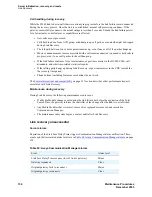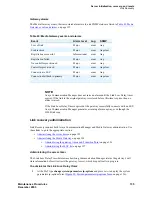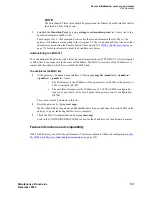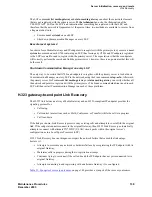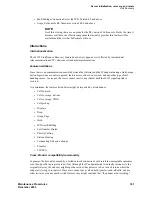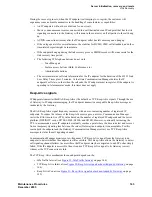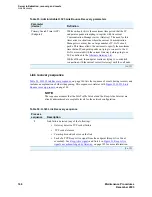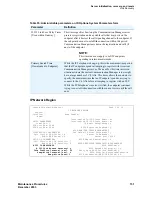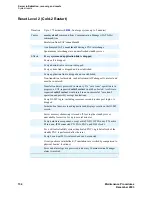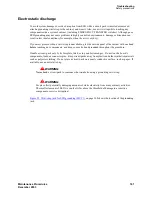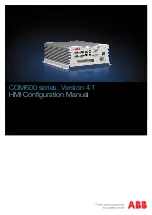
Server initialization, recovery, and resets
Link Recovery
Maintenance Procedures
147
December 2003
Figure 22, H.323 Link Bounce recovery process,
on page 148 below to correlate the events in
54, H.323 Link Recovery sequence,
2
The TCP Keep-Alive timer on the C-LAN circuit pack starts (15 minutes). If the
signalling link is still down, the H.323 Link Loss Delay Timer begins (Note 2 in
Figure 22, H.323 Link Bounce recovery process,
•
If the endpoint is on a call when the failure is detected, it tries to re-register
with the address(es) of the same Gateway that it was registered with prior to
the failure. The endpoint does not wait for the call to be over to re-establish the
signaling channels. However, the endpoint does not try to connect to an
address of a different Gateway while recovering from a failure encountered
during an active call. This is because registering with another Gateway would
result in call termination.
•
If the endpoint is not on a call when the link failure is detected, the endpoint
tries to connect to the address(es) of its primary Gateway. If the connection
cannot be established with an address of the primary Gateway, the endpoint
“marks” the Gateway as “unavailable” and tries to register with the
address(es) of the next Gateway in the
. If all Gateways
are marked, the endpoint stops the registration, “unmarks” all of the Gateway
addresses in its list, and then displays an error message to the user.
NOTE:
During the re-registration process when an endpoint is on an active
call, both the Communication Manager server and the endpoint take
care that any existing calls are not dropped. In fact, if the re-
registration completes successfully, the endpoint regains all call
features.
3
If the endpoint is successful in connecting to the same Gateway, it re-registers,
performing what amounts to as a “full” H.323 registration. An internal audit updates
the lamp, button, and switchhook information and continues or closes SMDR
according to the endpoint state. The Gateway recognizes the endpoint's identity as
having previously registered and does not terminate the active call.
4
As soon as the endpoint detects that the user has hung up, it tries to connect to the
address(es) of its primary Gateway if the Gateway Primary Search Timer (
H.323 Link Bounce recovery process,
on page 148) has not expired yet.
5
If the connection cannot be established with an address(es) of the primary Gateway or
if the Primary Search Time (Note 3 in
Figure 22, H.323 Link Bounce recovery
on page 148) has expired, the endpoint then tries to register with the
address(es) of the next Gateway in the
, as depicted by Note 8
in
Figure 22, H.323 Link Bounce recovery process,
6
The endpoint continues its re-registration attempts, as depicted by Note 9 in
22, H.323 Link Bounce recovery process,
7
When the H.323 Link Loss Delay Timer expires (Note 10 in
on page 148), the Gateway drops all call state information.
Table 54: H.323 Link Recovery sequence
Process
sequence
Description
(2 of 2)
Summary of Contents for CMC1
Page 1: ...Maintenance Procedures 555 245 103 Issue 1 1 December 2003 ...
Page 14: ...Contents 14 Maintenance Procedures December 2003 ...
Page 416: ...Additional maintenance procedures IP Telephones 416 Maintenance Procedures December 2003 ...
Page 426: ...Index X 426 Maintenance Procedures December 2003 ...


